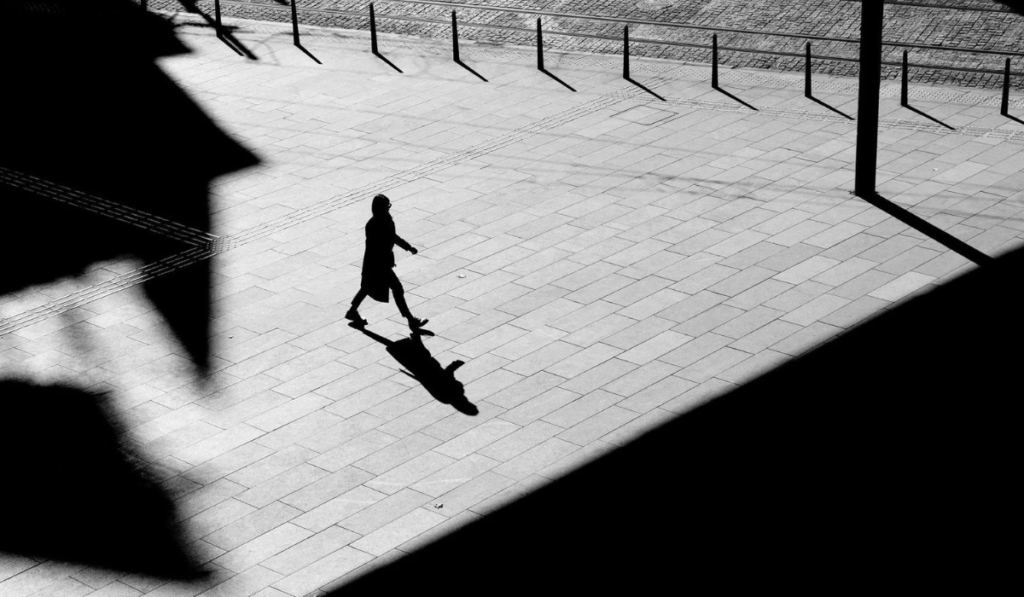Debunking the Myth: Grids’ Impact on Contrast in Photography

The introduction:
Light is controlled and image quality is enhanced with the use of various tools in photography. A grid is an example of such a tool, a device often used to increase contrast in photographs. However, this article aims to shed light on grids’ actual role in photography and dispel this common misconception.
The purpose of grids is:
Grids enable photographers to control the spread of light from their flash units, directing it to specific areas of the image while limiting spill. Controlling background spill is crucial for achieving desired lighting effects in confined spaces like small studios.
Light spread is affected by:
Photographers can create dramatic spotlight effects by adding a grid to a flash modifier to narrow the spread of light. In order to control background spill and achieve desired lighting effects, this reduction in light spread is essential.
The reduction in light output is as follows:
Due to grids absorbing some light, the power of the flash is reduced by approximately 1/4 to 1/2 stop. Lighting levels must be considered when metering for exposure by photographers.
Contrast Misconception:
Even though grids effectively narrow the spread of light, leading to a perception of greater contrast, grids themselves do not inherently increase contrast in photographs. A variety of factors influence contrast, such as the distance between the subject and the light and the reflectivity of the surface.
Identifying contrast:
It is the difference between the lightest and darkest parts of an image that defines contrast in photography. Despite light spread playing a role in perceived contrast, it is not the only factor. The level of contrast in a photograph is greatly affected by factors such as surface reflectivity and fill light.
A Clarification of Confusion:
Due to the reduced bounce light in small studio settings, many photographers mistakenly associate grids with increased contrast. It is crucial to understand, however, that grids alone won’t directly affect contrast if bounce light is minimal. Light spread and spill are primarily controlled by them.
Grid optimization:
By understanding the true purpose of grids, photographers can effectively control light spill and achieve desired lighting effects. Light spread is the primary function of grids, which may indirectly contribute to increased contrast in scenarios with bounce light.
I would like to conclude by saying:
Grids are valuable tools in a photographer’s arsenal, allowing for precise control over light spread and spill. Although they may indirectly increase contrast in certain situations, it’s important to recognize their primary function of controlling light and dispel misconceptions about their direct impact.
Value as an educational tool:
This article provides information about the role of grids in off-camera flash photography while dispelling common misconceptions about their effect on contrast. Photographers can optimize their use of grids by understanding their true function and achieve desired lighting effects.



